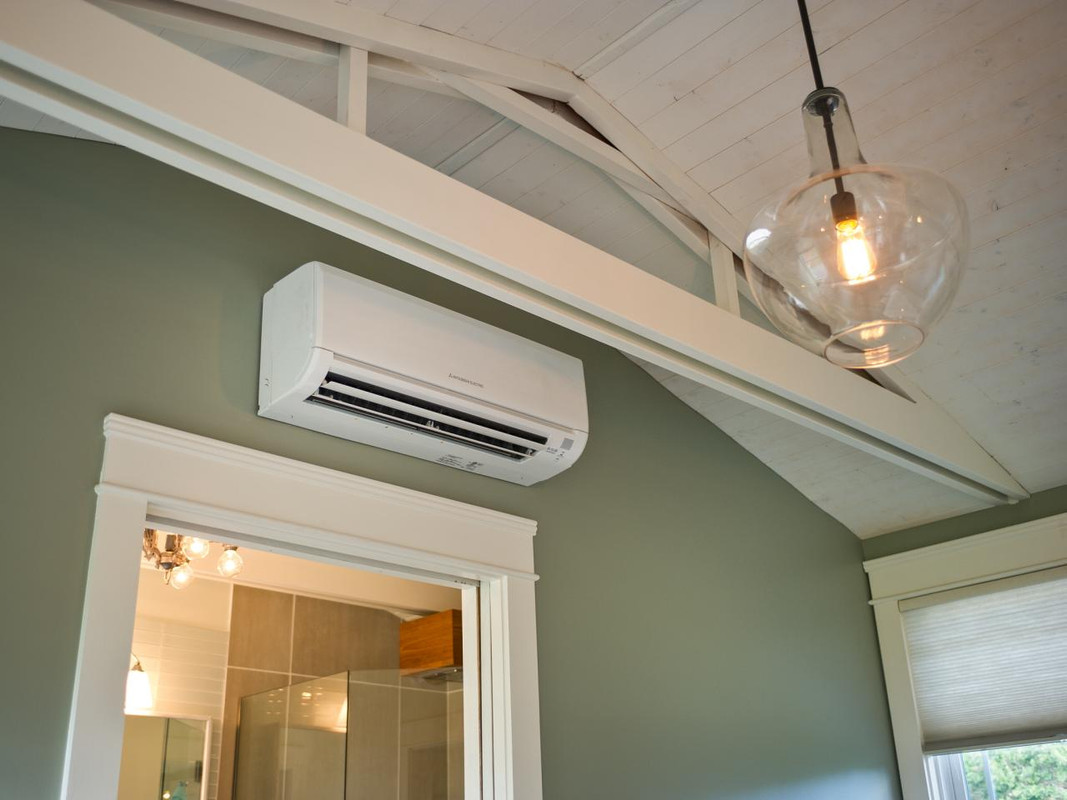
Don't let your AC blow your cash away. Use these pointers and pay less to cool your home this summer.
Running the a/c can make an electrical power bill skyrocket, however the option isn't quite, either. Fortunately, there are a few ways that you can help your air conditioning unit run better and save you cash as the summer season progress.
Quit cooling the neighborhood
If your home isn't brand name new, the cold air inside it is probably seeping out into the neighborhood through worn windows and door seals, an inadequately insulated attic and other sly fractures.
To see how well your house is holding in the cold, register for a house energy audit with your energy supplier or a regional professional. A certified home energy rater or auditor will examine your home for leakages and advise the finest method to make your house more energy efficient.
Don't wish to spring for an audit? Do a mini-audit yourself. Stand outside your home and run your hand along doors and windows. Can you feel the cold air getting away? If you do, caulk around leaky windows and include insulation around doors.
Make an upgrade
If you have not updated to a wise thermostat-- such as Ecobee, Lyric, Lux or Nest-- it's time to make a modification. Smart thermostats can regulate heating & cooling when you're not house to conserve cash. Plus, you can adjust the settings remotely using an app on your phone. Some even deal with Amazon Alexa, Samsung SmartThings, Apple HomeKit,
Wink, Google House and other wise house platforms. Here are the best smart thermostats of 2017 to assist you make the best decision for your home.
Make sure your thermostat is on the best wall
Thermostat placement can play a big part in how well your a/c unit works. If you put it on a wall right next to a hot window, for instance, your air conditioning unit will kick on much more frequently than it requires to since it will think the space is hotter than it really is. Here's how to pick the perfect wall for your thermostat.
Close the blinds
A window allowing the hot sun will not simply warm up your thermostat, it'll heat you up too. During the hottest part of the day, close your window blinds and stay out the sun. It can also help insulate your windows, which stops the cold air from leaving.
In some cases you don't need to amp up the thermostat to feel cooler. According to the National Resource Defense Council (NRDC), utilizing a ceiling fan can make a room feel 10 degrees cooler and utilizes 10 percent of the energy of a main air conditioner.
If you wish to get state-of-the-art, you can set up clever ceiling fans that link to an app. You can set up the times when these fans turn on and off, and you can manage their speed without standing on your tiptoes.
Raise the temperature level
Lots of people think that leaving the a/c unit at the same temperature level when you leave the home saves cash since the Air Conditioner will not require to work as difficult to recool the house. This isn't the case. NRDC senior energy policy advocate Lauren Urbanek says that the most inexpensive method to use your air conditioner is to turn the thermostat up when you leave the house.
Air conditioning systems operate most effectively at complete speed during longer amount of times. So kicking it on a lower temperature level when you get home will conserve you more cash than the AC cycling on and off while you're away.
A programmable thermostat can make it extremely simple to keep your Air Conditioner at the right temperature. You can configure the unit to work at greater temperature levels while you're at work and cool down right before you get home.
Setting low is a no-go
Always set your thermostat to the greatest temperature you can stand to save the most cash. Even a little modification in the temperature level can save you big dollars.
You can conserve 10 percent a year on your cooling costs by setting your thermostat just 10 to 15 degrees greater for eight hours each day, according to the Nebraska Energy Office. split ac installation The US Department of Energy suggests aiming for an indoor temperature of 78 degrees F when you're at home.